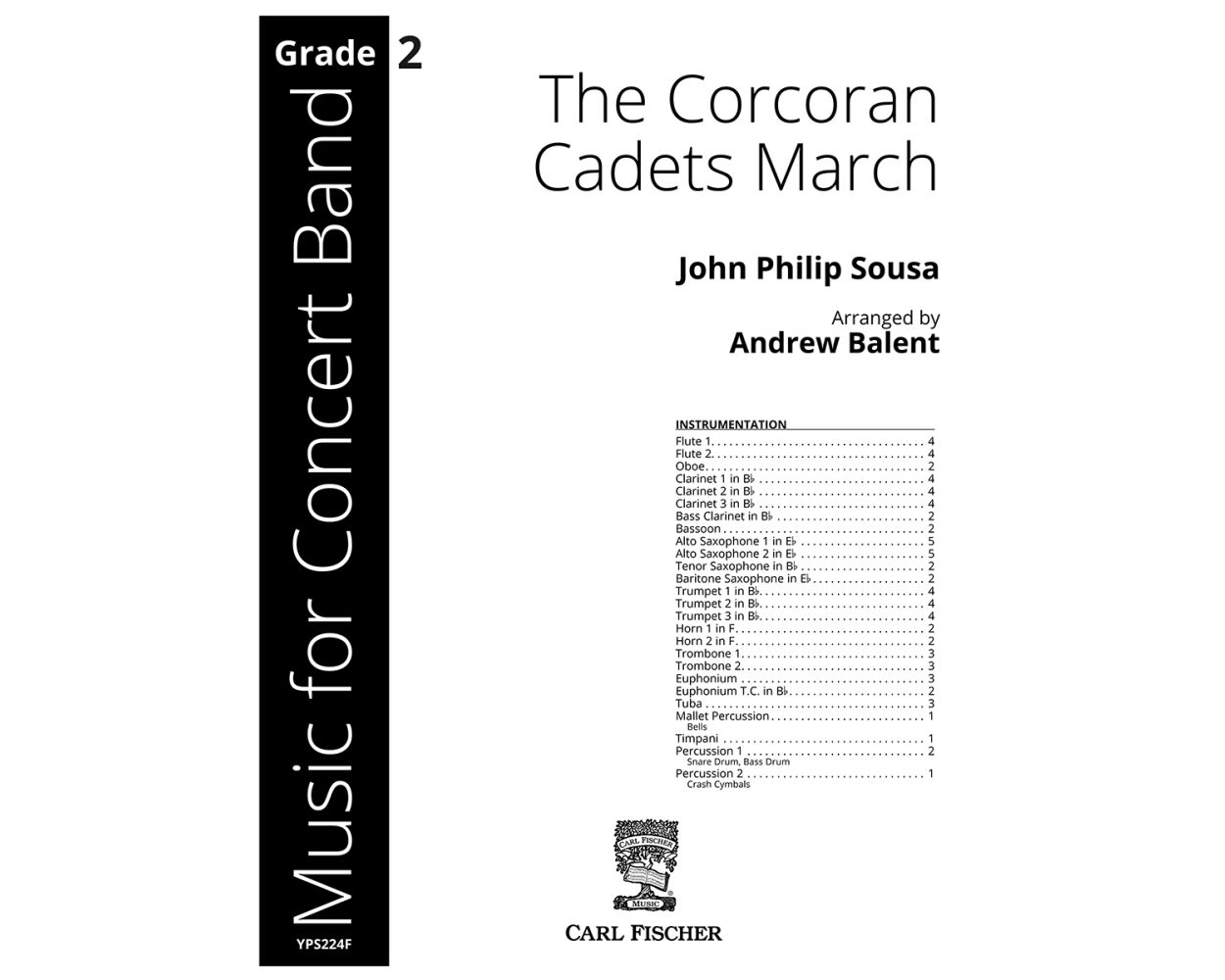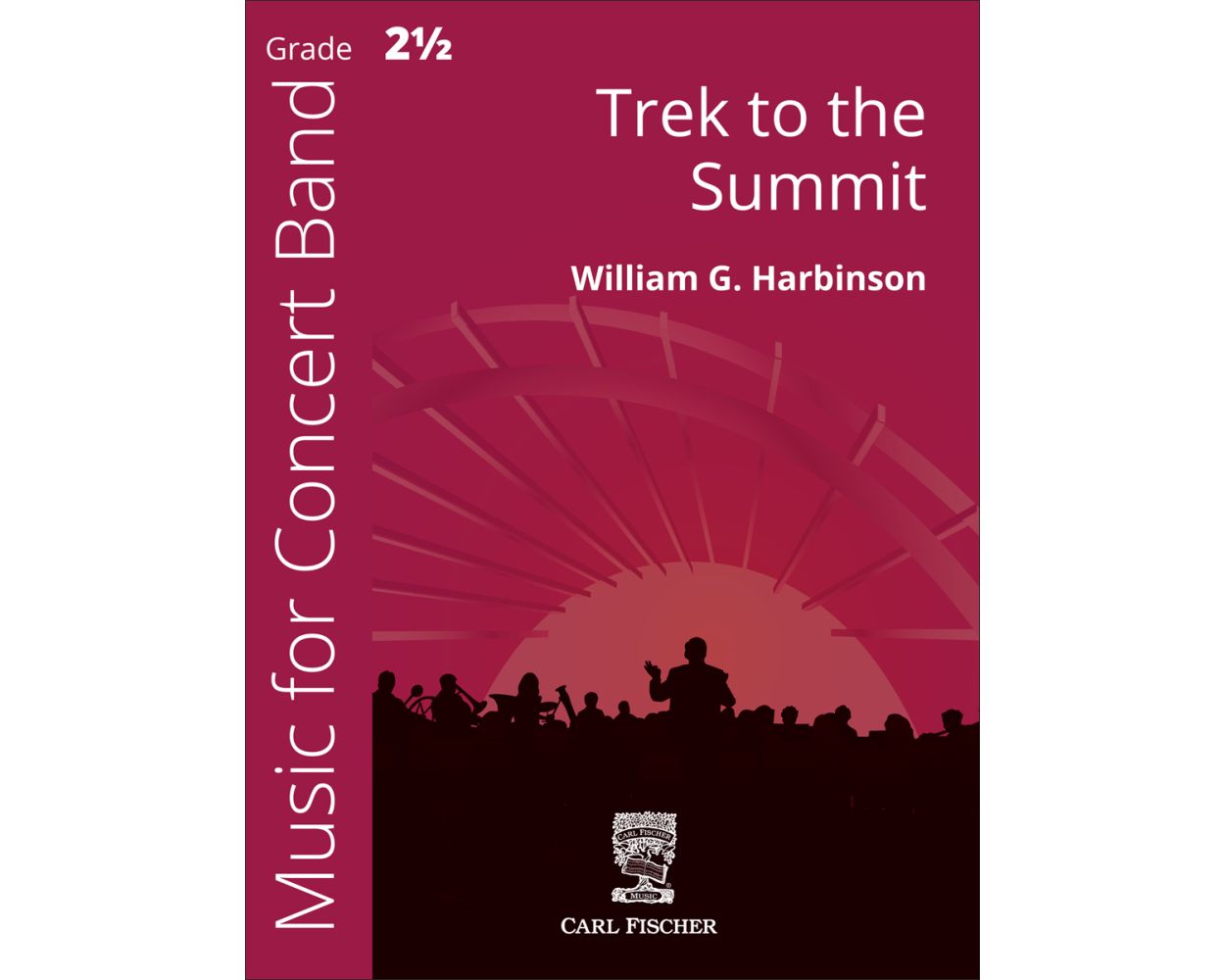Results
-
 £45.00
£45.00The Friendly Beasts - French Carol
Arranged to reflect the Medieval origins of this 12th century hymn, this beautiful setting offers great opportunities to develop unison phrasing of long melodic lines. With the melody set in both a 4 and 3 feel, this piece also introduces the concept of different meters. Although written primarily with holiday programs in mind, this piece also works well as a contrasting concert selection or ballad for contest.
Estimated dispatch 12-14 working days
-
 £50.00
£50.00The Holly and the Ivy
This setting of the beautiful holiday classic is accessible for very young bands. Its memorable melody, notated in a comfortable range, is passed around the sections of ensemble as the other parts play accompaniments that are interesting, yet not difficult. Written in bridge form, the piece begins softly, with soft sleigh bells and clarinets below the break, adding flutes, then brass, then building to a minor section and a very short percussion feature, making it a great opportunity introduce students to this form!
Estimated dispatch 12-14 working days
-
 £58.00
£58.00The Corcoran Cadets March
Written in 1890, this early Sousa march is a great exercise in rhythmic precision and dynamic contrast. Rearranged and technically adjusted for the modern concert band from the original Carl Fischer publication, this march really flies!
Estimated dispatch 12-14 working days
-
 £50.00
£50.00Trek to the Summit
Trek to the Summit takes all who listen on a journey to the top of the mountain. From the grand opening fanfare to the softer lyrical passage, this piece captures the excitement, confidence, and also moments of quiet reflection inspired by a long mountain trek. You will have the opportunity to reinforce dynamics, phrasing, and tone with your students. This work is a great concert piece for celebrating how far your students have come.
Estimated dispatch 12-14 working days
-
 £96.00
£96.00The Hornet's Nest
In 1780, Lord Charles Cornwallis attempted to invade Charlotte, but the city's residents united and expelled him. General Cornwallis went on to describe the city as "a hornet's nest of rebellion." In this Revolutionary War inspired piece, a strong florid melody is passed around the various sections of the ensemble. This work is a great opportunity for more advanced bands to focus on stylistic playing between the bright and triumphant theme and quieter larghetto passage. Students will enjoy taking a trip back in time with this piece full of Colonial American vigor.
Estimated dispatch 12-14 working days
-
 £46.00
£46.00The Snake Pit
Everyone remembers the first time that they saw a snake. Though fascinating to some and terrifying to others, few animals are as universally mesmerizing. Composer Tyler Arcari has crafted a very fun piece making use ofauxiliary percussion instruments to emulate a snake's hiss or ominous rattle. With very strong and interesting melodic material, and scored to make a developing band sound great, this piece is sure to be a favorite among students.
Estimated dispatch 12-14 working days
-
 £43.00
£43.00The Dark Crusader - Donald Josuweit
This is the perfect song for teaching 6/8 time. It is all very easy with eighth notes in groups of 3 only. No quarter/eighth rhythms, so it is easy to get the students to feel the triple meter. It is also a great song for getting the first clarinet players to play over the break. For the 1st half of the song, they play low notes. From low A, they press the register key and get the E in the staff, thus making it easy and fun to play the higher notes. It is an exciting work and one of NMP's best sellers. The first trumpet's highest note is C.
Estimated dispatch 12-14 working days
-
 £69.00
£69.00Il Bersagliere (The Italian Riflemen) March - Edoardo Boccalari
Carl Fischer proudly welcomes this great Italian march back into its catalogue. This new edition not only provides the band conductor with a full score, but the full size parts are more readable by the performers as well It is a challenging italian style march that is considered by many to be among the best ever written. Van Ragsdale's edition is true to the original.
Estimated dispatch 12-14 working days
-
 £50.00
£50.00The Airships
The Airships floats just like the aircrafts the piece is named after, inspired by composer George Sweet's childhood love of fantasy and adventure novels. Bold and strident, the dramatic ending of The Airships will inspire great confidence in your students.
Estimated dispatch 12-14 working days
-
 £58.00
£58.00Mustangs - The Spirit of the West
This piece was written by composer Larry Clark to depict the majesty of mustang horses that roam free in the American West. It is cast in a standard overture form with an opening section reminiscent of the music of western movie soundtracks. Followed by a lush and beautiful contrasting slow section, Mustangs - The Spirit of the West depicts the grace and power of these wonderful animals. This is a great choice for contest and festival performance for the young band.
Estimated dispatch 12-14 working days
